Cars are a necessary part of life for many people. Not only do they provide transportation, but they can also be a source of income through car sales or rentals. However, cars require maintenance to keep them running well and looking good. One important aspect of car care is preventing rust from forming on the vehicle. Rust can cause extensive damage if not treated, so it’s important to know how to stop a car from rusting before it becomes a problem. In this article, we will discuss common causes of rust and offer tips on how to prevent it from forming on your car!
What is rust and how does it form in cars
Rust is a type of corrosion that occurs when iron or steel is exposed to oxygen and moisture. The combination of these two elements causes the formation of iron oxide, which leads to the characteristic red-brown color of rust. Over time, rust can cause the metal to weaken and break down. This process is accelerated by salt, which is why road salt is often blamed for causing rust on cars. Rust typically forms on the underside of cars, where it is exposed to moisture from the road.
To prevent rust, car manufacturers often apply a coating of paint or oil to the underside of vehicles. However, over time this coating can wear away, exposing the metal to the elements and increasing the risk of rust formation. Rust can also be caused by chips or scratches in the paint, which provide a direct path for oxygen and moisture to reach the metal beneath. Once rust starts to form, it can spread quickly if left untreated. As a result, it is important to address any signs of rust as soon as possible to avoid costly repairs down the road.
The dangers of rusting and how it can damage your car
Rust is one of the most common and destructive problems that can affect a car. Left unchecked, rust can cause structural damage that weakens the frame and body of a vehicle. In extreme cases, rust can even cause a car to collapse. Rust is caused by exposure to moisture and oxygen, and it usually starts as small isolated patches. Over time, these patches spread and grow larger, eventually eating through metal and causing extensive damage. Rust also creates unsightly blemishes that can devalue a car.
How can I tell if my car is starting to rust?
Rust is a serious problem for any car owner. Not only does it cause cosmetic damage, but it can also lead to structural problems if left unchecked. Fortunately, there are a few telltale signs that can help you spot rust before it gets out of hand.
One of the most obvious indicators of rust is changes in the color of your car’s paint. If you notice any orange or brown spots, it’s time to take a closer look.
Another sign to watch out for is bubbling or peeling paint. This is often caused by rust that has started to eat away at the metal beneath the paint. If you see any of these signs, it’s important to take action immediately. Rust can spread quickly, so it’s important to address the problem as soon as possible. By taking some simple preventative measures, you can keep your car healthy and free of rust for years to come.

Locations where rust commonly builds up
Some of the most common rust locations on a car include the undercarriage, wheel wells, and body panels.
The undercarriage of a car is generally exposed to moisture and high levels of wear and tear, making it a common location for rust to develop. This can happen in areas such as the frame, brake lines, fuel lines, exhaust system, and suspension components.
Meanwhile, wheel wells are also at risk of developing rust due to exposure to road grime, salt spray from the road surface, and other environmental factors. Rust can also form on body panels over time if these surfaces are not properly protected or maintained.
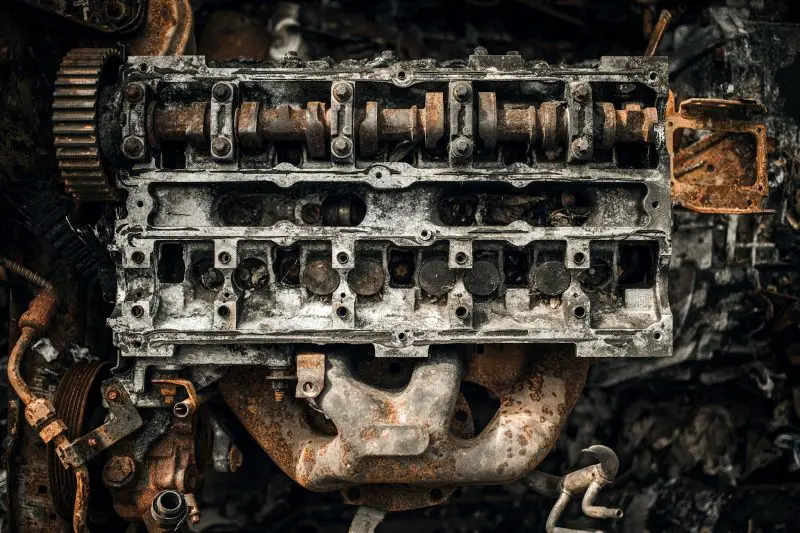
Types of rust that can form on the car
There are several different types of rust, each of which can cause serious damage to your car.
The most common type of rust is surface rust, which forms when the metal on your car’s surface comes into contact with moisture. This type of rust is usually not too difficult to remove, but if it’s left untreated, it can eventually cause the metal to break down.
Another type of rust is called scale rust, which forms when the metal beneath your car’s paint job comes into contact with moisture. Scale rust is much more difficult to remove than surface rust, and it can also cause the paint to flake off.
Finally, there is body panel rust, which occurs when the metal on your car’s body panels comes into contact with moisture. Body panel rust is extremely difficult to remove and can eventually cause the metal to crumble.
Prevention tips to keep your car from rusting
Clean your car regularly to remove any dirt and grime that can accumulate and cause rusting over time. This includes washing the exterior of the car, as well as cleaning the undercarriage to prevent moisture from accumulating in hard-to-reach areas.
Regularly wash, wax, and polish your car to protect its paint and other surfaces from damage caused by the elements. This can help prevent rust from forming in those areas.
Check your car for signs of rust regularly, such as flaking paint or spots that appear to be bubbling up underneath the surface. If you notice any signs of rust, take steps to treat it immediately before it becomes more severe and causes further damage to your vehicle.
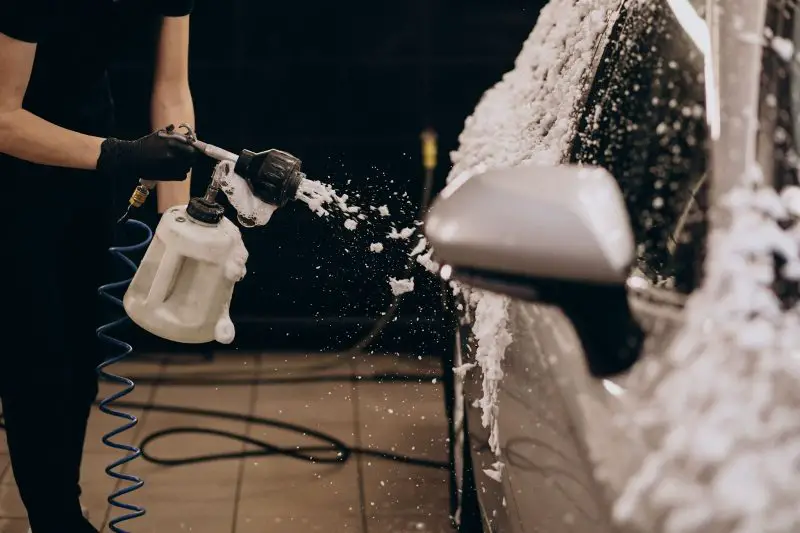
Invest in quality rust prevention products like undercoating or specialized coatings designed to protect vulnerable parts of your car from corrosion and decay over time. These products can be applied professionally or at home depending on your preferences and needs.
Consider parking your car in a garage whenever possible to keep it out of the elements and reduce the risk of exposure to moisture, salt, dirt, and other potential sources of corrosion. Additionally, make sure that any vents or air intakes are kept clear at all times so that ambient air can flow freely around your car’s exterior surfaces without causing condensation issues that could lead to additional rust formation over time.
How to remove rust from a car if it has already formed?
There are several ways to remove rust if it has already formed on your car, including using commercial rust removal chemicals, applying abrasive cleaners and polishes, or sanding down the affected areas.
To remove rust from a car, start by cleaning the affected area with a soft cloth and water to remove any dirt or debris that may be present. Next, use a commercial rust remover or abrasive cleaner and polish it to thoroughly clean the area. You may also wish to consider sanding down the affected areas with fine-grit sandpaper to get deeper into the metal and remove any built-up rust. Depending on how severe the rust damage is, you may need to repeat this process multiple times to fully remove all traces of rust from your car.
Another option is to use DIY methods like soaking rags in vinegar or lemon juice and applying them directly to the rust spots on your car. These acidic solutions will also help to break down and remove the rust, although they may take longer than commercial products
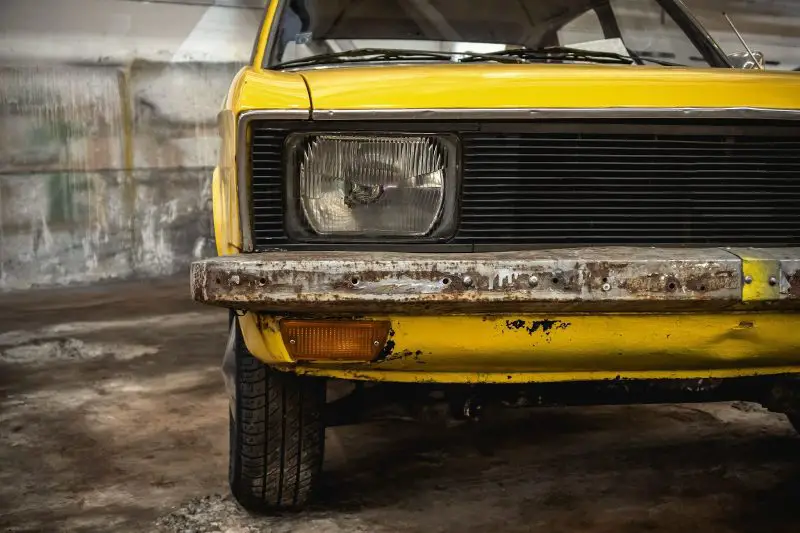
In addition to these methods, you can also try using abrasive materials like steel wool or sandpaper to physically remove the rust from your car’s surface. This can be an effective way to scrub off light or moderate rust stains, but it may not work as well for more severe cases of corrosion.
You can also try using an abrasive sponge or scrub brush to manually remove any loose or flaky rust from your car’s surface. Finally, if you have access to a power washer, this can be another great way to blast away any stubborn rust spots on your vehicle. Just be sure to wear protective gear when using these tools, as they may cause irritation or damage to sensitive areas of your car.
Removing rust from your car takes some time and effort, but with the right tools and techniques, it is possible to restore your vehicle to its original condition. Whether you are using one of these methods on your own or combining them for even better results, be sure to follow all safety precautions and take your time to achieve the best results possible.
Will rust continue to spread even after I’ve removed it?
Once you’ve removed surface rust from your car, it is important to take steps to prevent it from coming back. As mentioned above, regular washing and waxing will help create a barrier against moisture and salt. You should also touch up any chips or scratches in the paint immediately so that moisture cannot get through to the metal beneath. By taking these precautions, you can help slow down the spread of rust and keep your car looking its best for many years ahead.
Will my warranty cover rust damage?
Most manufacturers’ warranties will not cover damage caused by rust. However, some extended warranties or service contracts may offer coverage for corrosion repair. Be sure to read the fine print before purchasing any type of warranty for your vehicle.
Conclusion
If you have a car that’s starting to show signs of rust, don’t worry – there are plenty of ways to treat and prevent it from getting worse. In this article, we’ve outlined several methods for removing rust from your car, including using commercial products, abrasive cleaners, polishes, or DIY solutions like vinegar or lemon juice. We also suggest parking your car in a garage whenever possible to keep it out of the elements and using rust-prevention products to protect vulnerable areas from corrosion. If you’re not sure where to start, try one of our recommended methods and see how well it works for you.
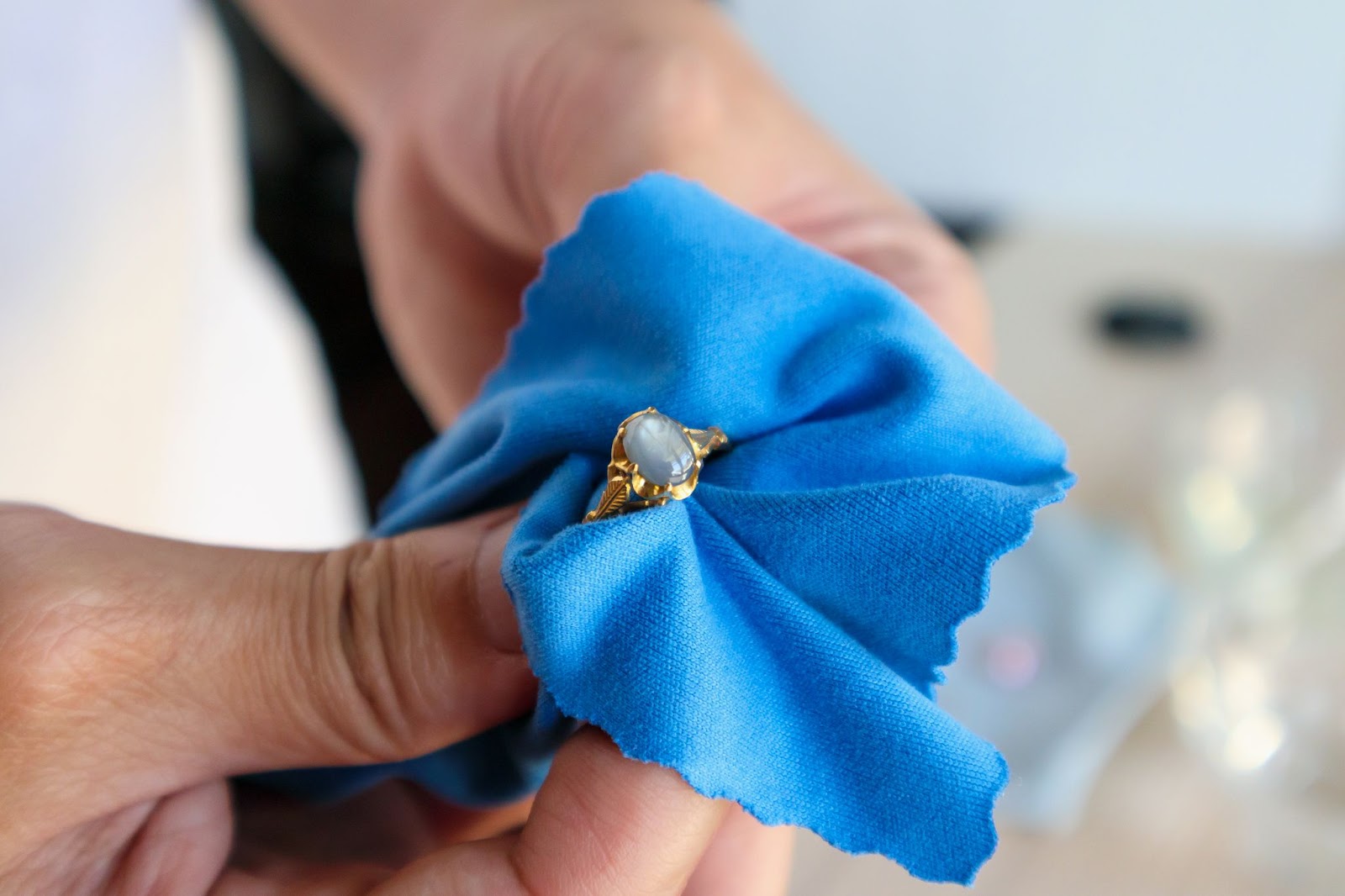
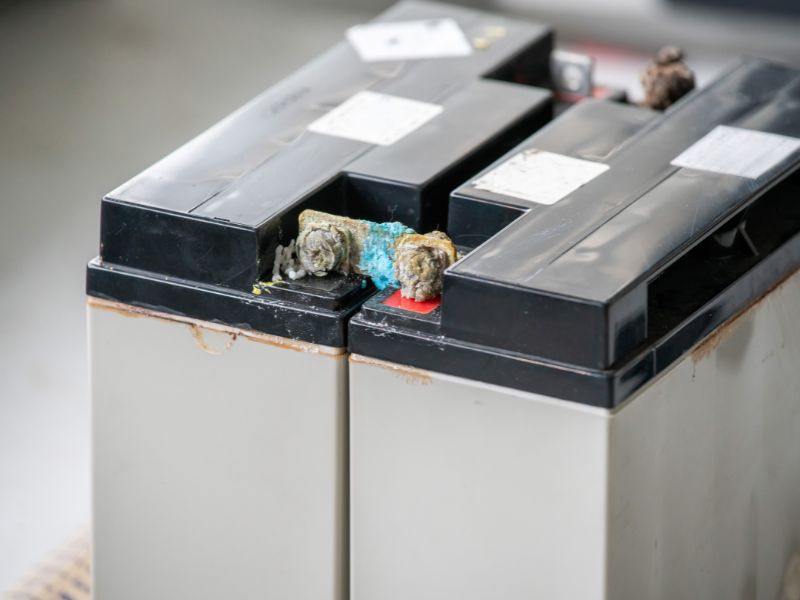
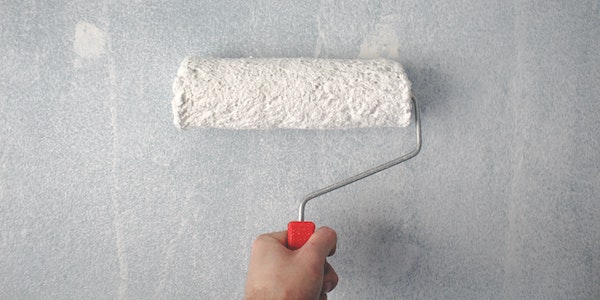
Leave a Reply